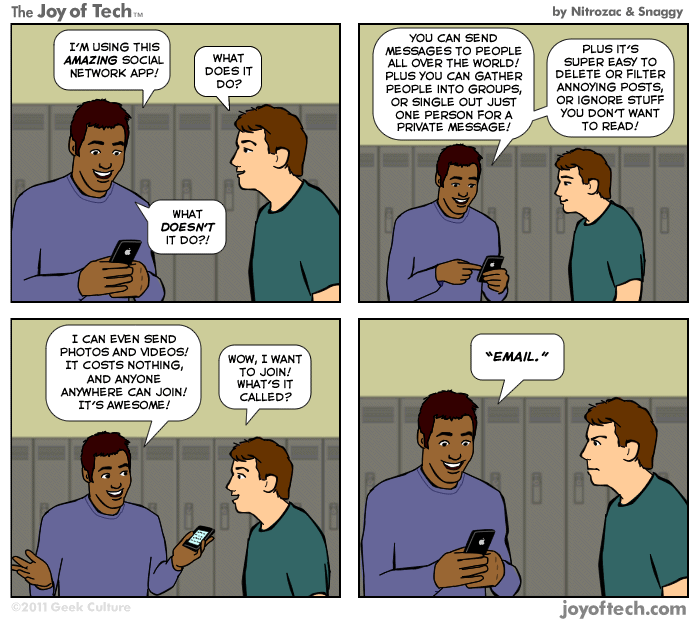One fight, one repair
I’ve heard it said that couples only have one fight and they have it for about forty years. Core conflict is another term for it, not sure who first made these observations but they ring true. Its an art to spot what is at the core of persistent difficulties in a relationship. Couples may already have a name for it. Transactional Analysis is another way, where we can see “parent, child, adult ego states†in the transactions. The Karpman triangle also has its roots in TA. Roles, as used in psychodrama is a good way to describe the way people interact. Harville Hendrix and Helen describe one syndrome as the hailstorm and the turtle. That is a role description of complementary roles.
The corollary of the one core scene is that it call for one core repair. Dialogues are not about good communication or a way of life. It is a tool to repair a role system gone wrong.





